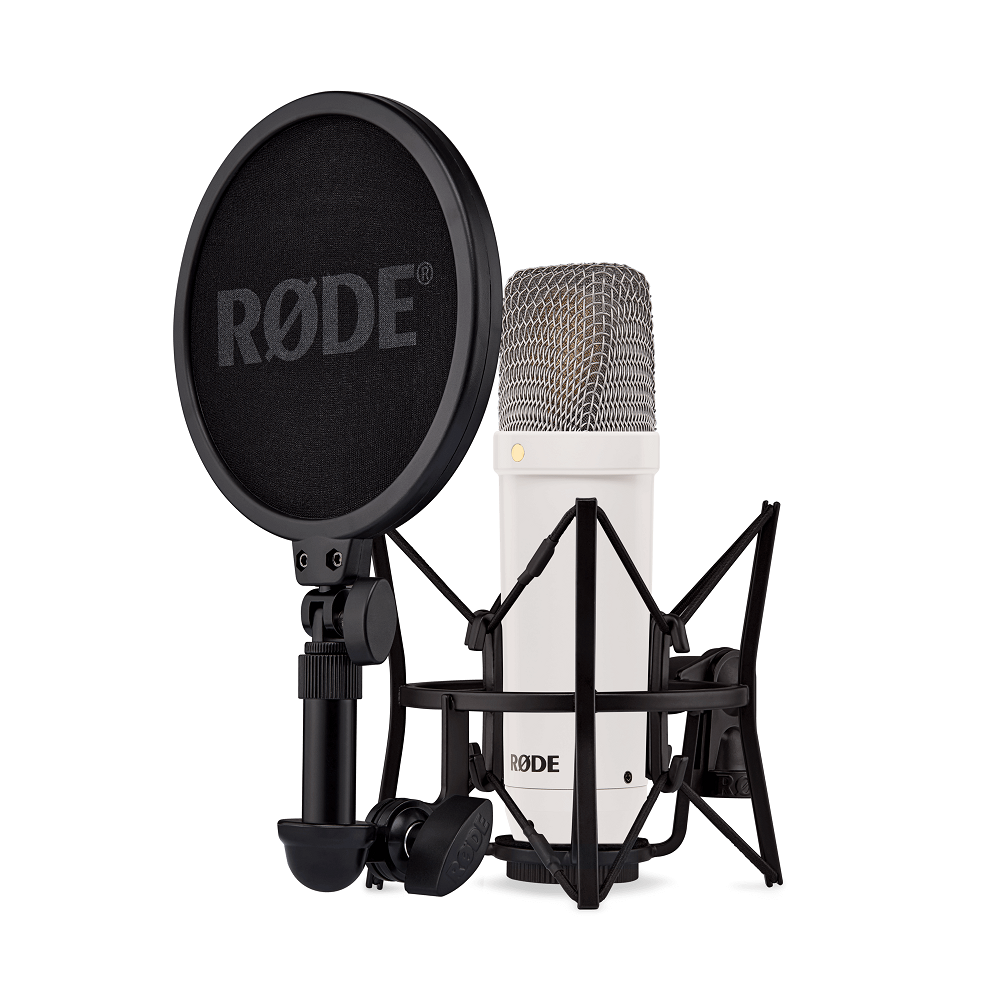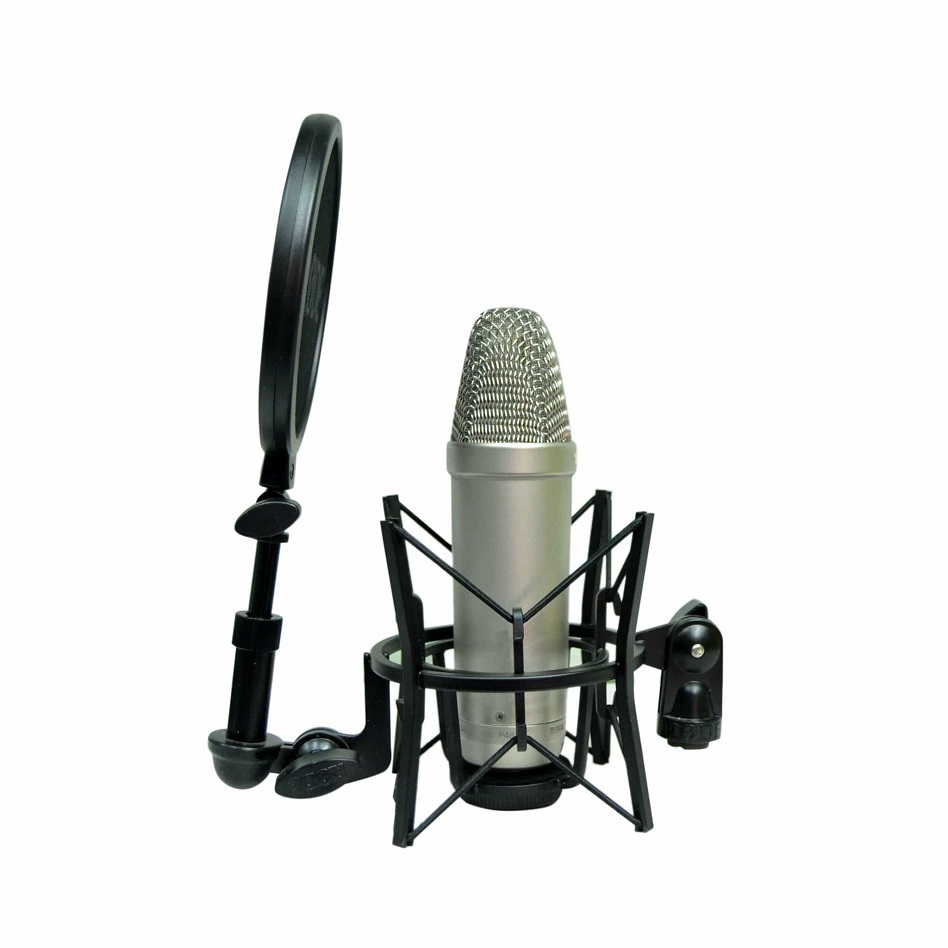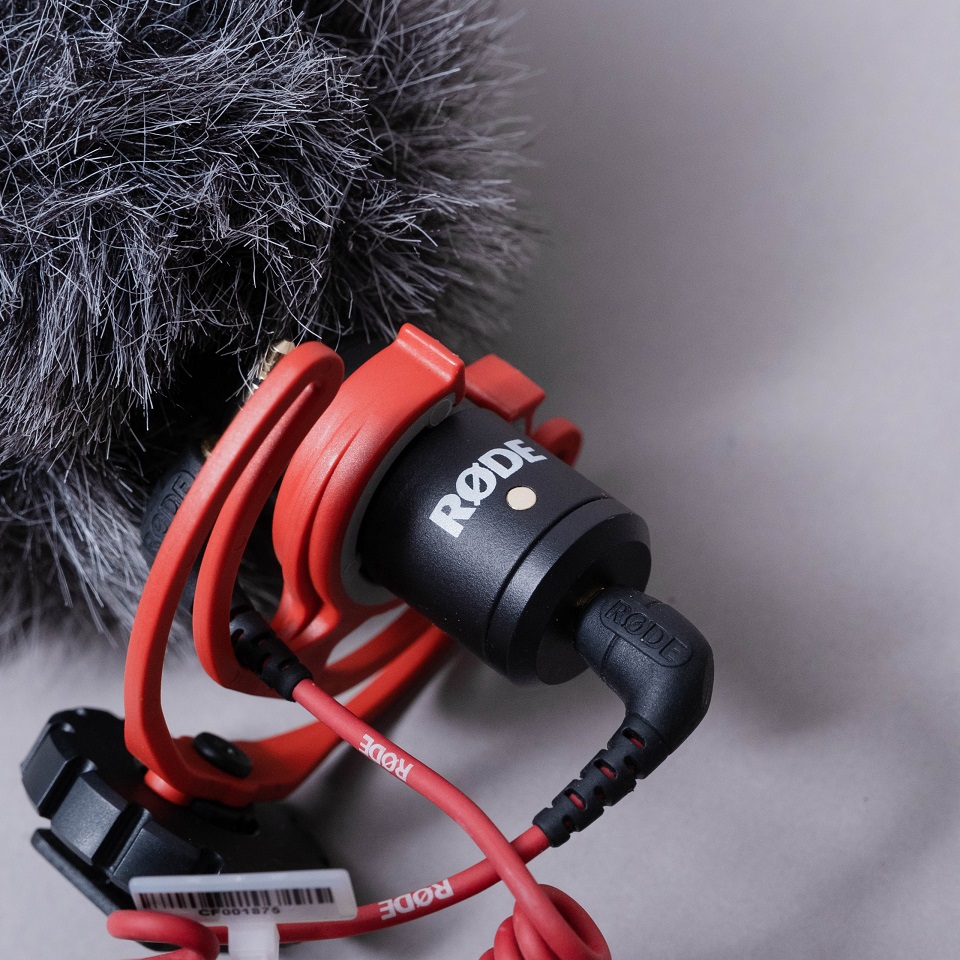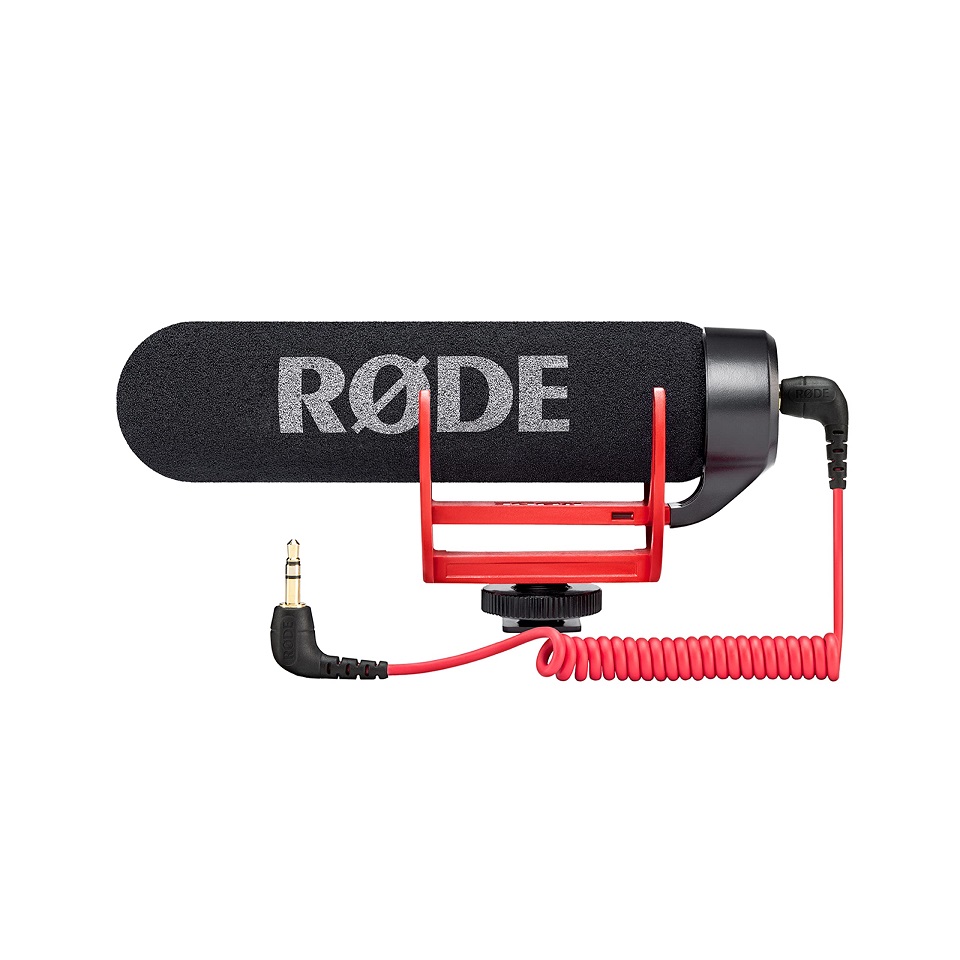Types of Rhode Mics
Rhode mic technology offers a range of microphone types crafted for various audio needs.
Dynamic Microphones
Dynamic microphones are robust, making them ideal for live performances. They handle high sound pressure levels well and offer great sound isolation. Due to their durability, dynamic Rhode mics are a popular choice for touring musicians and venues.
Condenser Microphones
Condenser microphones excel in studio settings. They capture a wide range of frequencies and provide a high level of sound accuracy. Condenser Rhode mics require phantom power, but the payoff is superior sound quality, particularly for vocals and acoustic instruments.
Shotgun Microphones
Shotgun microphones are essential for field recording and filmmaking. Their design allows them to pick up sound from a specific direction, reducing ambient noise. This trait makes shotgun Rhode mics perfect for interviews and on-location shoots where clarity and directionality are crucial.
Choosing the Right Rhode Mic
Choosing the right Rhode mic is crucial for achieving the best sound quality in various settings. Each type of Rhode mic serves different purposes and excels in unique environments. Understanding the specific requirements of your usage scenario will guide you in selecting the most suitable Rhode mic.
Considerations for Live Performances
When it comes to live performances, dynamic Rhode mics are usually the go-to. Their durability and ability to handle high sound pressure levels make them ideal for loud environments. Consider the following when choosing a Rhode mic for live events:
- Sound pressure handling: Ensure the mic can withstand the loudness of your live events.
- Durability: Opt for mics that are known to withstand rough handling and environments.
- Sound isolation: Look for mics that can effectively reject ambient noise, focusing on the main sound source.
Considerations for Studio Recording
In the studio, sound quality and accuracy are paramount. Condenser Rhode mics are preferred here for their sensitivity and wide frequency response. Key considerations for studio recording include:
- Sound accuracy: Choose a mic that captures sound with precision.
- Frequency range: Ensure the mic can capture the full spectrum of sounds in your recordings.
- Sensitivity: Select a mic that will pick up the subtle nuances of vocals and instruments.
Considerations for Field Recording
For field recording, shotgun Rhode mics are indispensable. They are designed to pick up sound from a specific direction, which is perfect for recording in noisy settings. When selecting a Rhode mic for field use, consider:
- Directionality: A microphone with a tight pick-up pattern is preferable.
- Ambient noise rejection: Choose a mic that excels in minimizing background noise.
- Portability: Lightweight and robust mics are ideal for mobility in various locations.
Setting Up Your Rhode Mic
Setting up your Rhode mic correctly can significantly enhance the quality of your recordings.
Positioning and Angles
Proper positioning and angling of your Rhode mic are critical for capturing the best audio. Here are some tips to get you started:
- For vocals: Place the mic at a level with the mouth, about 6-12 inches away.
- For acoustic instruments: Position the mic close enough to capture the sound but at a distance to avoid any distortion.
- For amps and speakers: Angle the Rhode mic slightly off-center to reduce piercing highs and maintain clarity.
Remember, experimenting with different positions can lead to the best sound for your particular setup.
Connection and Configuration
Once your Rhode mic is positioned, ensuring a secure and proper connection is the next step.
- Check the cables: Use high-quality XLR cables for connection, and ensure they are firmly plugged in.
- Phantom power: If using a condenser Rhode mic, activate the phantom power on your mixer or audio interface.
- Input levels: Adjust the input level so that the sound is clear without clipping or distortion.
By paying attention to these connection and configuration details, you set the stage for exceptional audio recordings.
Tips for Enhancing Sound Quality
Getting the best out of your Rhode mic involves more than just setting it up. Here are some additional tips to enhance sound quality.
Using Pop Filters
Pop filters are essential when recording vocals with your Rhode mic. They serve as a barrier between the mic and the artist.
- Reduce plosives: Pop filters cut down on plosives, those ‘p’ and ‘b’ sounds that create a burst of air which can cause distortion.
- Maintain clarity: With a pop filter, your recordings will sound clearer and more professional.
- Protect the mic: They also keep saliva from reaching the microphone’s capsule, which can damage it over time.
Managing Gain and Levels
Proper gain staging is key to achieving the perfect recording.
- Avoid clipping: Set levels to avoid clipping, where the sound is too loud and distorts.
- Check levels regularly: Monitor sound levels during recording sessions to ensure they remain consistent.
- Use a limiter: Consider using a limiter to prevent unexpected loud sounds from causing clipping.
Environmental Noise Reduction
Background noise can compromise the quality of your recordings with a Rhode mic.
- Choose a quiet location: Record in the most silent area possible to minimize unwanted noise.
- Use soundproofing: Implement sound-absorbing materials in your recording space if possible.
- Position wisely: Place your Rhode mic where it is least affected by echoes and ambient sounds.
Popular Rhode Mic Models and Their Uses
Choosing a Rhode mic that matches your specific needs is important. Here, we explore popular Rhode mic models and their best uses.
Rode NT1-A
The Rode NT1-A is a well-known condenser Rhode mic celebrated for its crystal-clear sound. It’s a top pick for vocal recordings and voice-overs in studios. The NT1-A boasts a wide dynamic range and a high SPL capability, making it versatile for various studio applications.
- Studio vocals: Its clarity and warmth are perfect for capturing vocals.
- Voice-overs: The NT1-A’s low noise level ensures clean, professional audio for voice-over work.
- Acoustic instruments: The detailed audio capture brings out the best in strings and percussion.
Rode VideoMic Pro
Those looking to improve their video production sound quality will find the Rode VideoMic Pro invaluable. This shotgun Rhode mic is ideal for on-camera use, with its compact design and easy-to-use mounting system.
- Video production: Enhances audio quality significantly for any video content.
- Vlogging: The VideoMic Pro’s directional pickup rejects side noise, focusing on the speaker.
- Field interviews: Capture clear dialogue even in noisy environments.
Rode NTK
The Rode NTK is a premium tube condenser Rhode mic known for its warmth and vintage character. It’s excellent for professional recording environments that require nuanced sound.
- Professional vocals: The NTK adds a rich, warm texture to sung vocals.
- Acoustic instruments: Its sensitivity picks up the subtle nuances of acoustic performances.
- Orchestral recordings: The NTK can beautifully capture the complexity of orchestral instruments.
By understanding the strengths of each Rhode mic model, you can better match the microphone to the task and improve your sound quality significantly.
Care and Maintenance
Caring for your Rhode mic can extend its lifespan and maintain its performance.
Regular Cleaning
Regular cleaning is essential to keep your Rhode mic in top condition. Here are a few tips:
- Wipe the body: Use a soft, dry cloth to gently wipe the mic body.
- Clean the grille: Remove the grille and use a soft brush to clean it. Avoid using water unless necessary.
- Keep connectors clean: Use a cotton swab with alcohol to clean the XLR connectors. This prevents build-up and ensures a reliable connection.
Proper Storage
Storing your Rhode mic properly is crucial for its longevity.
- Use a padded case: Always store your mic in a padded case to protect it from shocks and dust.
- Keep it dry: Store your mic in a dry place to prevent moisture damage. Silica gel packets can help absorb moisture.
- Avoid sunlight: Keep the mic away from direct sunlight to prevent heat damage.
Handling and Transport
Handling and transporting your Rhode mic carefully can prevent physical damage.
- Handle with care: Always hold the mic by its body, not by the cable.
- Secure it during transport: Use mic clips or padded bags during transport.
- Keep the original packaging: For long-distance travel, using the original packaging can provide the best protection.
By following these guidelines, you can ensure that your Rhode mic continues to produce high-quality sound for many years.
Integrating Rhode Mics with Other Audio Equipment
In order to get the most out of your Rhode mic, combining it with complementary audio equipment is key.
Mixers
Using a mixer with your Rhode mic can greatly improve sound control. Consider these simple tips:
- Select a mixer with enough inputs for your mics and instruments.
- Look for models with high-quality preamps to boost microphone signals.
- Use the EQ settings to refine and balance your audio output.
Audio Interfaces
Audio interfaces bridge your Rhode mic to your recording setup. Here’s what to keep in mind:
- Choose an interface with the right inputs for your mic, such as XLR connectors.
- Check that the interface supports the Rhode mic’s phantom power if needed.
- Ensure the interface provides sufficient gain without adding noise.
Effect Processors
Effect processors allow you to shape the sound from your Rhode mic creatively. Remember these points:
- Use reverb and delay to add depth and space to your recordings.
- Compressors can help even out the dynamic range of vocals or instruments.
- Some processors come with presets that can be a good starting point for beginners.
Integrating your Rhode mic with these audio tools can significantly elevate your sound quality. Proper setup and usage will help you achieve professional results.



